Your cart is currently empty!
Water Calla: An Enchanting Aquatic Beauty
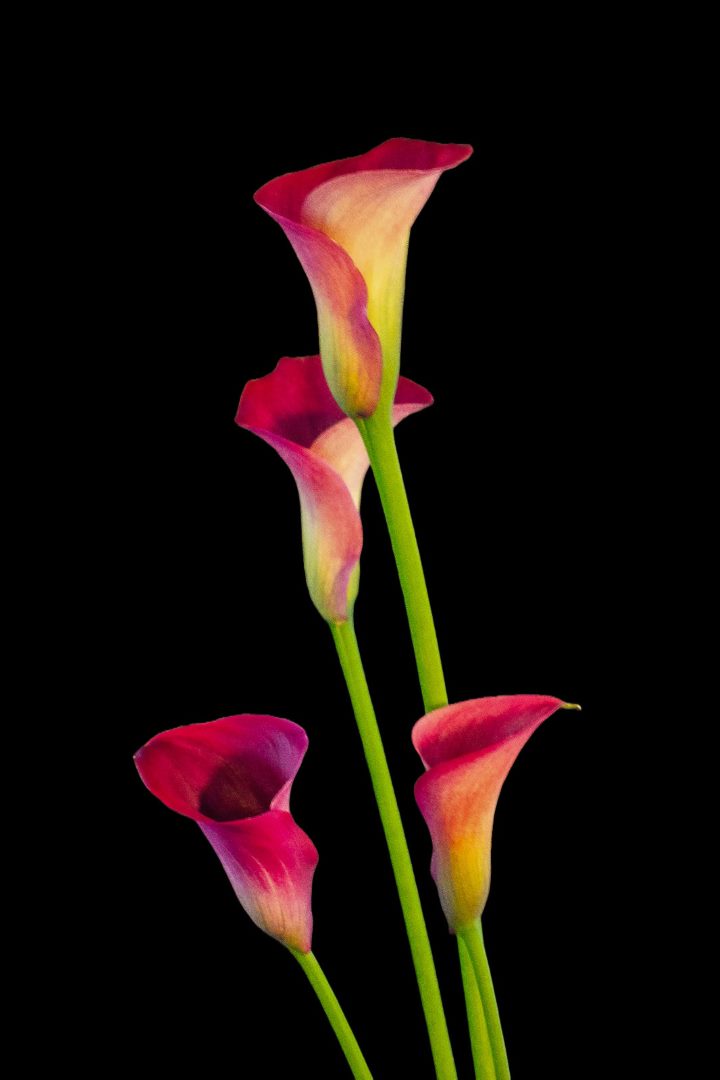
Introduction: The Allure of Water Callas
Water callas (Zantedeschia aethiopica) are captivating aquatic perennials renowned for their striking trumpet-shaped flowers that emerge from dramatic arrow-shaped foliage. While they are often associated with wetlands and ponds, these versatile plants can thrive in various environments, adding a touch of elegance to gardens, balconies, and even indoors.
Origin and Description
Origins:
- Native to Southern Africa, particularly South Africa.
- Historically known as the “Lily of the Nile” or “Egyptian Calla.”
Physical Characteristics:
- Flowers: White or yellow cup-shaped blooms with a prominent spadix (central stalk).
- Leaves: Arrow-shaped, glossy green, growing up to 30 cm in length.
- Plant Size: Typically reaches heights of 60-90 cm.
- Growing Habit: Upright, with rhizomes (underground stems) spreading laterally.
Cultivation and Care
Sunlight and Temperature:
- Prefers bright, indirect light.
- Can tolerate partial shade, but flowering may be reduced.
- Optimal temperature range: 15-25°C (59-77°F).
Water:
- Grows best in consistently moist or wet soil.
- Can be planted directly in shallow water bodies (up to 15 cm deep).
- Avoid overwatering, which can lead to root rot.
Soil:
- Prefers rich, well-drained soil with a pH range of 6.0-7.0 (slightly acidic to neutral).
- When growing in containers, use a potting mix specifically formulated for aquatic plants.
Fertilization:
- Fertilize lightly every 2-3 weeks during the growing season with a balanced liquid fertilizer.
- Avoid over-fertilizing, as this can burn the roots.
Propagation:
Can be propagated through division of the rhizomes in spring or fall.
- Dig up the plant and carefully separate the rhizomes.
- Plant the separated rhizomes in individual pots or in the desired location.
Uses and Benefits
Ornamental:
- Striking focal point in gardens and water features.
- Elegant addition to indoor spaces, particularly in bright, humid environments.
- Cut flowers for bouquets and arrangements.
Ecological:
- Provides food and shelter for aquatic insects and other wildlife.
- Helps filter water and improve water quality.
- Can aid in erosion control in wetlands and along water bodies.
Cultural Significance:
In ancient Egypt, water callas were associated with the goddess Isis and were often used in religious ceremonies.
Additional Tips and Troubleshooting
* Yellowing Leaves: Indicates overwatering or lack of nutrients.
* Brown Leaf Tips: Can be a sign of inadequate humidity or exposure to direct sunlight.
* Lack of Flowering: Possibly due to insufficient light or improper fertilization.
* Pests and Diseases: Rarely affected by pests, but can be susceptible to root rot and fungal diseases in poorly drained soil.
Conclusion: The Enduring Charm of Water Callas
Water callas are extraordinary plants that bring a touch of grace and tranquility to any setting. Their captivating flowers, exotic foliage, and versatility make them a must-have for gardeners, homeowners, and nature enthusiasts alike. With proper care and attention, these aquatic wonders will continue to enchant for seasons to come.



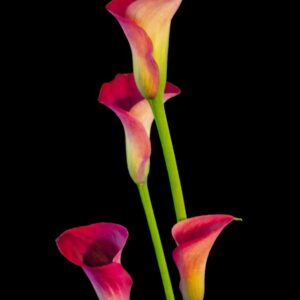
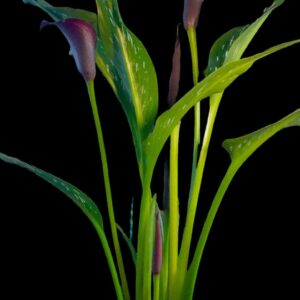
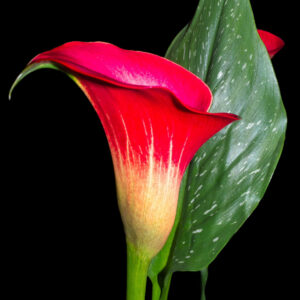
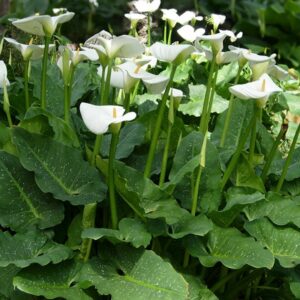
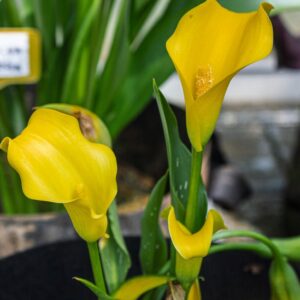
Leave a Reply